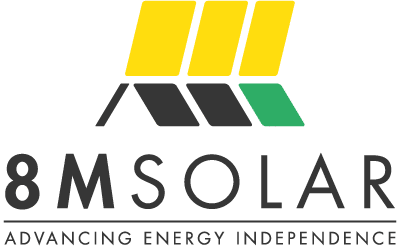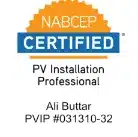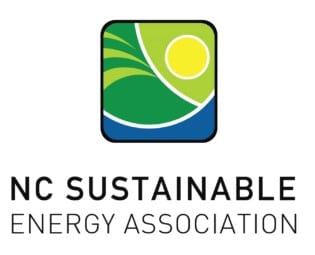Hailstorms are a type of severe weather event that can cause damage to many different types of structures, including buildings, vehicles, and outdoor equipment. When it comes to solar panels, hailstorms can potentially cause a physical impact that can lead to damage. However, modern solar panels are built to withstand extreme weather conditions, including hailstorms, and are designed and tested to be durable and long-lasting.
Does Hail Cause Damage to Solar Panels?
The extent of damage that hailstones can cause to solar panels depends on a few factors, including the size, speed, and density of the hailstones, as well as the quality and durability of the solar panels. Solar panels are typically tested and rated to withstand impacts from hailstones up to a certain size and speed, typically ranging from 1 to 2 inches in diameter and speeds of 50 to 60 miles per hour. This means that most solar panels are built to withstand moderate-sized hailstones that are relatively common in most regions.
However, if the hailstones are larger or faster than the rated capacity, the solar panels may sustain damage. The damage caused by hailstones can range from small dents or cracks in the panel’s surface to more severe damage that affects the solar cells and the electrical connections. The severity of the damage depends on the impact force of the hailstone, which is determined by its size, speed, and density. For example, a small hailstone traveling at high speed can cause more damage than a large hailstone traveling at a slower speed.
If the damage to the solar panel is minor, it may not significantly affect the overall performance of the panel. However, if the damage is severe, it can cause a decrease in energy output and may require repair or replacement of the damaged panel. It’s also essential to regularly inspect and maintain the solar panels to identify any signs of damage or wear and tear that may need attention. This can include checking for any cracks or dents in the panel’s surface, loose connections or wiring, and signs of water damage.
How to Reduce the Risk of Hail Damage on Solar Panels
To reduce the risk of hail damage, solar panels can be installed with a protective layer or coating that can help absorb the impact of hailstones. This can include adding a layer of tempered glass, which is designed to be more resistant to impacts, or adding a layer of silicone or other materials that can help absorb the shock of the hailstone. Additionally, solar panels can be installed at an angle or with a tilt, which can help reduce the impact force of hailstones by allowing them to slide off the panel more easily.
8MSolar also highly recommends adding solar panels to your homeowner’s insurance policy, this way any events outside of the designed capabilities of the solar panels are still covered.
In summary, while hailstorms can potentially cause damage to solar panels, most modern panels are built to withstand moderate-sized hailstones that are common in most regions.
Get in Touch with 8MSolar to Protect Your Solar Panels!
Contact us today for answers to any of your solar panel inquiries.









